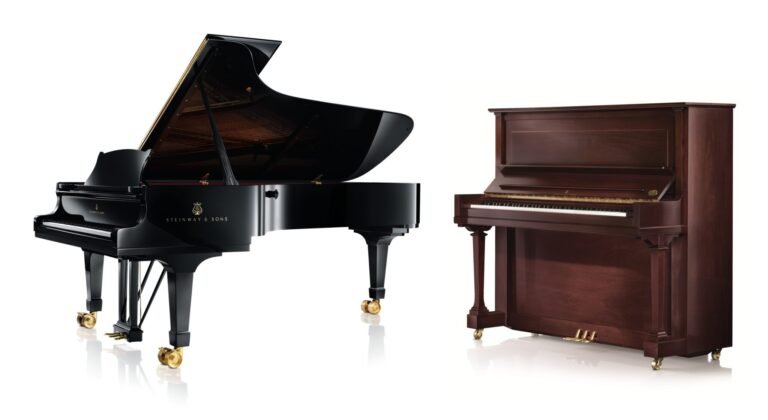The Role of Rolfing in Sports Performance and Recovery
Athletes in Tampa who play racket sports such as tennis and pickleball place significant demands on their bodies. Repetitive motions can lead to strain, tension, and imbalance, particularly in the shoulders, arms, and core. The manual therapy method known as Rolfing® Structural Integration, or simply “Rolfing,” helps restore balance and improve performance by addressing the body’s connective tissue and overall alignment. For athletes managing conditions like tennis elbow or seeking better performance and faster recovery, Rolfing provides an effective, whole-body approach.
Understanding Rolfing and Its Value for Athletes
Rolfing focuses on the fascia, the connective tissue that surrounds and supports muscles and organs. Over time, repetitive motion, injuries, and poor posture can cause the fascia to tighten or become misaligned. Rolfing aims to release these restrictions and restore balance, enabling the body to move with greater ease.
For athletes in Tampa, especially those engaged in tennis or pickleball, Rolfing offers benefits beyond traditional massage or physical therapy. Conditions such as tennis elbow often stem from repetitive strain in the forearm and shoulder, but the root of the problem can involve the back, hips, or core. Rolfing takes a holistic approach, addressing not only the symptomatic area but also the full structural pattern that contributes to the issue.
Improving Movement Efficiency and Athletic Performance
One of the most notable benefits of Rolfing is improved movement efficiency. By releasing tension and restoring proper alignment, athletes experience smoother, more coordinated motion. When the fascia moves freely, muscles can work more effectively with less effort and strain.
In practical terms, athletes often notice:
- More fluid racquet swings and stronger torso rotation.
- Better balance and quicker lateral movement on the court.
- Improved endurance from better breathing and posture.
For tennis and pickleball players, these gains translate into more vigorous strokes, fewer injuries, and enhanced overall performance.
Injury Recovery, Prevention, and Structural Balance
Injury prevention and recovery are essential for consistent athletic performance. Repetitive motions in racket sports can lead to compensations throughout the body, eventually resulting in discomfort or chronic pain. Rolfing helps identify and correct these imbalances before they develop into injuries.
Rolfing lessens stress on joints and muscles by improving alignment and balance. This approach also supports faster recovery by promoting better circulation and mobility. For example, a player recovering from tennis elbow may find that Rolfing relieves forearm pain and corrects shoulder or posture issues that contributed to the injury in the first place.
Addressing Tennis Elbow and Other Sports-Related Strain
Tennis elbow, or lateral epicondylitis, is one of the most common overuse injuries among athletes who play racket sports. While localized treatments can help, lasting relief often requires attention to the entire kinetic chain. Rolfing assists by:
- Rolfing helps release fascial tension in the forearm and upper arm.
- Improving shoulder mobility to reduce compensatory stress on the elbow.
- Aligning posture and core mechanics for smoother, more balanced movement.
This structural approach allows the body to function as a coordinated system rather than a collection of isolated parts. For pickleball players, who often combine rapid strokes with quick directional changes, this integration is especially beneficial.
Integrating Rolfing into a Training and Recovery Plan
Athletes in Tampa who incorporate Rolfing into their routines often experience lasting results. A few recommendations include:
- Scheduling Rolfing sessions during lighter training periods to allow for proper adjustment.
- Combining Rolfing with strength and conditioning programs to reinforce improved alignment.
- Using sessions after tournaments or intense training blocks to support recovery.
- To keep your flexibility, keep up your stretching and mobility exercises in between sessions.
Rolfing is most effective when integrated into a comprehensive wellness approach that includes proper rest, hydration, and balanced training.
Why Tampa Athletes Benefit from Rolfing
Tampa’s active sports community, warm climate, and outdoor facilities encourage frequent play but can also lead to fatigue and repetitive stress. Rolfing helps athletes sustain their performance, reduce discomfort, and extend their careers. Improving posture, restoring structural balance, and reducing muscle strain help the body adapt to physical challenges more efficiently.
Whether you are recovering from tennis elbow, striving for better agility on the pickleball court, or looking to optimize your overall athletic performance, Rolfing can play a valuable role in your progress.
For professional Rolfing sessions designed to enhance athletic recovery and performance, visit Williams Rolfing. Their personalized approach helps Tampa athletes restore balance, increase efficiency, and achieve long-term results on and off the court.






